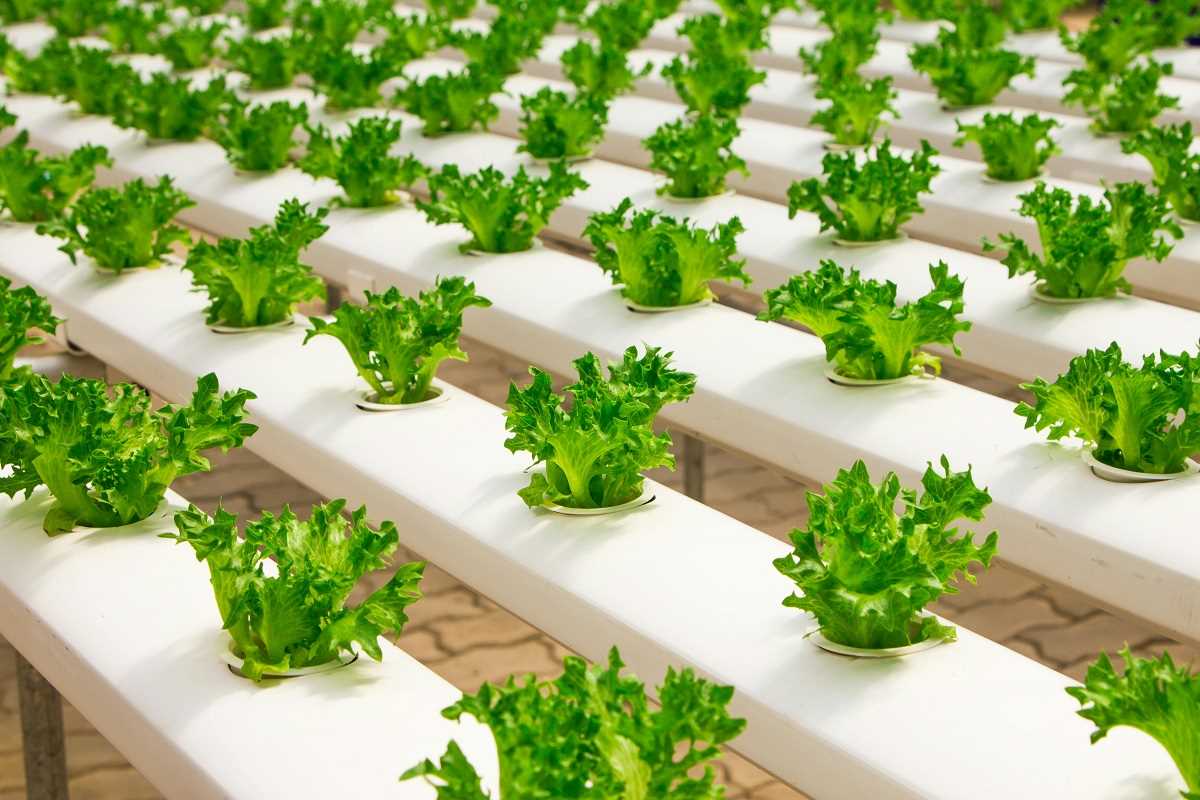Urban gardening has transformed from just a pastime into a powerful movement that is changing the way city residents connect with their surroundings. With an increasing number of people diving into this green initiative, they are not only nurturing plants but also prompting shifts in various sectors, particularly insurance. This evolution underscores the distinctive impact urban gardeners have on shaping the micro-farming insurance industry, as they demand tailored coverage options that reflect their unique needs and challenges. As city spaces continue to blossom with these vibrant green projects, the rippling effects on the insurance market become more pronounced and intriguing.
The Rise of Urban Gardening
Several factors contribute to the surge in urban gardening:
- Space Optimization: With limited space in cities, creative solutions like rooftop gardens and vertical farming have become popular.
- Health and Wellness: People increasingly seek activities that promote physical and mental well-being, with gardening serving as a therapeutic pastime.
- Sustainability: Growing one's own food reduces carbon footprints and promotes sustainable living practices.
- Community Engagement: Urban gardens often serve as communal spaces, building connections among residents.
- Technological Advancements: Innovations in gardening tools and techniques make it easier for city residents to cultivate plants indoors and outdoors.
What is Micro-Farming Insurance?
Micro-farming insurance is a specialized type of coverage that protects small-scale agricultural activities. Unlike traditional farming insurance, it caters specifically to the unique needs of urban gardeners and micro-farmers, offering protection against risks such as crop failure, equipment damage, and liability issues. By addressing the specific challenges faced by those cultivating limited spaces, micro-farming insurance provides peace of mind and financial security.
Understanding micro-farming is essential to appreciating how tailored insurance solutions support this growing sector. As urban areas continue to grow, the demand for such specialized insurance products is expected to rise, reflecting the evolving landscape of city agriculture.
Benefits for Urban Gardeners
Urban gardeners gain numerous advantages from micro-farming insurance:
First, it offers financial protection against unexpected events. Whether a sudden storm damages crops or theft of gardening equipment occurs, having insurance ensures that gardeners do not bear the full brunt of such losses. This safety net allows them to recover more quickly and continue their gardening efforts without significant setbacks.
Second, insurance provides access to resources and support services. Many policies include consultations with agricultural experts or offer discounts on gardening supplies, enhancing the overall gardening experience. Having insurance can also make it easier to secure loans or investments, as it demonstrates a level of professionalism and risk management.
The Insurance Market Boom
The micro-farming insurance market has seen significant growth, driven by the increasing number of urban gardeners. Key players in this market include:
- GreenGuard Insurance - Renowned for their comprehensive coverage options tailored to small-scale urban farms.
- CityGrow Assurance - Offers customizable policies that cater to various types of urban gardening setups.
- UrbanHarvest Insurance - Focuses on providing affordable rates without compromising on coverage quality.
- EcoShield Policies - Integrates sustainable practices into their insurance offerings, appealing to environmentally conscious gardeners.
- MetroFarm Protect - Known for their exceptional customer service and quick claim processing times.
These companies lead the charge by innovating their products and expanding their reach, ensuring that more urban gardeners have access to the protection they need.
Challenges and Opportunities
Despite the promising growth, the micro-farming insurance sector faces several challenges. One major hurdle is the lack of standardized policies, which can make it difficult for gardeners to compare and choose the best coverage for their needs. The fluctuating nature of urban farming, influenced by factors like climate change and urban development, adds layers of complexity to risk assessment.
These challenges also present unique opportunities. Insurers can collaborate with urban farming communities to develop more tailored and flexible policies. Embracing technology, such as data analytics and IoT devices, enhances risk management and offers more accurate pricing models. By addressing these challenges head-on, the industry can create a more robust and resilient insurance market that supports the continued growth of urban gardening ventures.
Exploring the future of micro-farming insurance reveals a landscape ripe with innovation and potential. As urban farming becomes more integrated into city living, the insurance industry has the chance to evolve alongside it, providing essential support to urban gardeners every step of the way.
Urban gardeners do not just grow plants; they cultivate a new market in micro-farming insurance. Their dedication and innovative spirit drive the industry forward, ensuring that urban farming can continue sustainably and securely for years to come.







